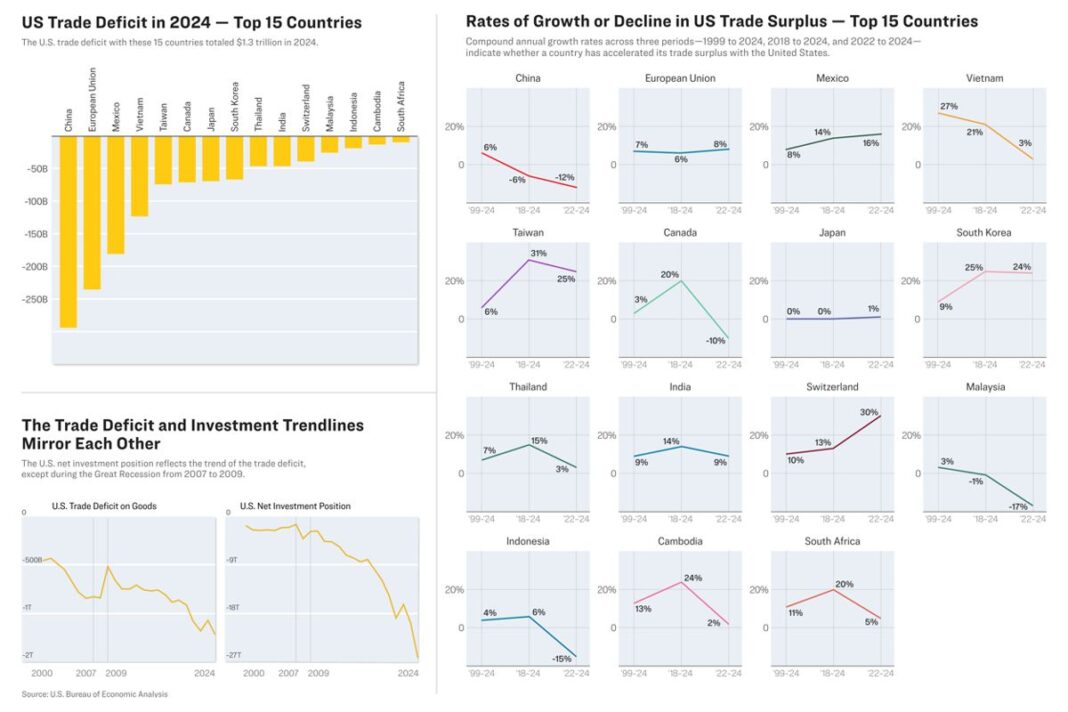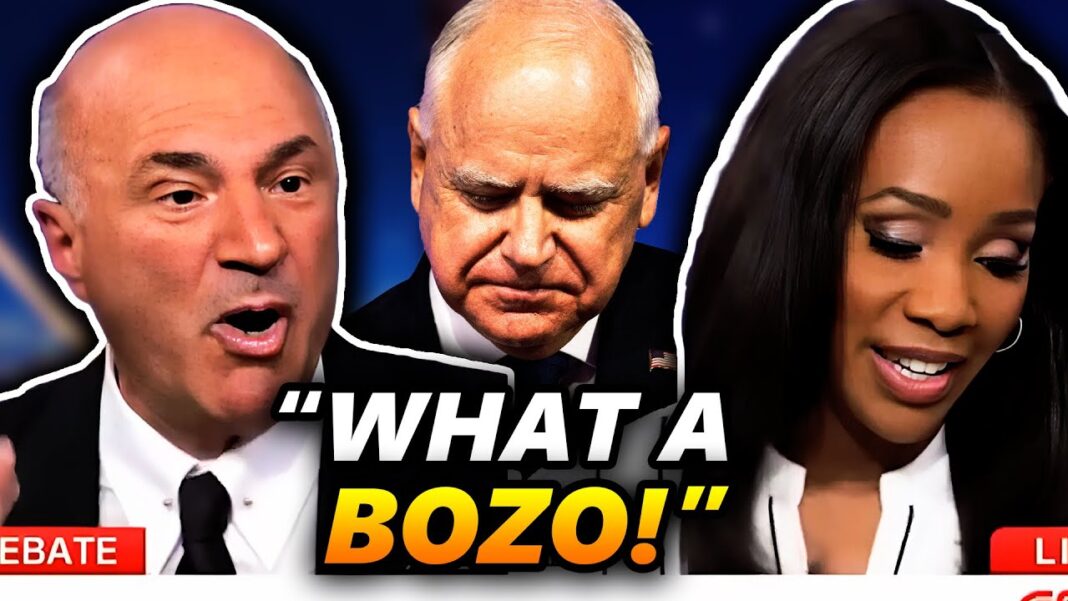Experts say the road to reciprocity will be bumpy but necessary. One, in particular, expects to see early signs of an economic boom before the 2026 midterms.
President Donald Trump has dubbed April 2 “Liberation Day,” when he will unveil reciprocal tariffs to level the trading field between the United States and its 200 partners.
The White House has yet to disclose details of the sweeping tariffs. Treasury Secretary Scott Bessent has said that the administration will focus on the “dirty 15,” or the top 15 percent of partners contributing the most to the United States’ negative trade balance.
Meanwhile, the 25 percent tariff on autos and auto parts unveiled last week, which also takes effect on April 2, may foreshadow the magnitude of change that Trump’s reciprocal tariff policy aims to achieve.
A U.S. trade policy investigation, ordered by Trump on Day One, is due to be completed on April 1.
Trump tasked the Office of the United States Trade Representative (USTR) and the Commerce and Treasury Departments to identify violators of fair trade with America.
Experts say the journey to reciprocity will be bumpy but necessary, because no partners will voluntarily give up their longstanding trade surpluses with the United States.
According to the experts, the United States will ultimately be better off. In the meantime, the administration will likely adjust its plan to a more refined tariff regime tailored to the modern trade world.
“In terms of whether they will eventually blunder their way into a more sophisticated, appropriate tariff, I would say the chances of that happening are probably two out of three,” economist Ian Fletcher told The Epoch Times. “But maybe it won’t. You never know with this guy.”
Frank Xie, a professor of business and marketing at the University of South Carolina–Aiken, is more confident about the outcome. He predicts an economic boom before the 2026 midterms, with early signs to appear within the next 12 to 18 months.
‘Mandated Reciprocity’
The United States has kept tariffs low for decades. However, the country is in a different position than in the 1970s, when the trade deficit first appeared.
By Terri Wu







